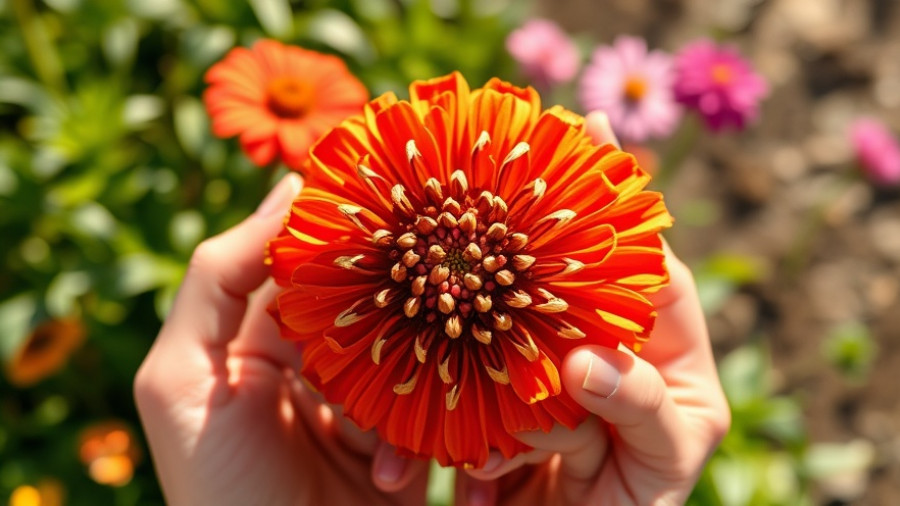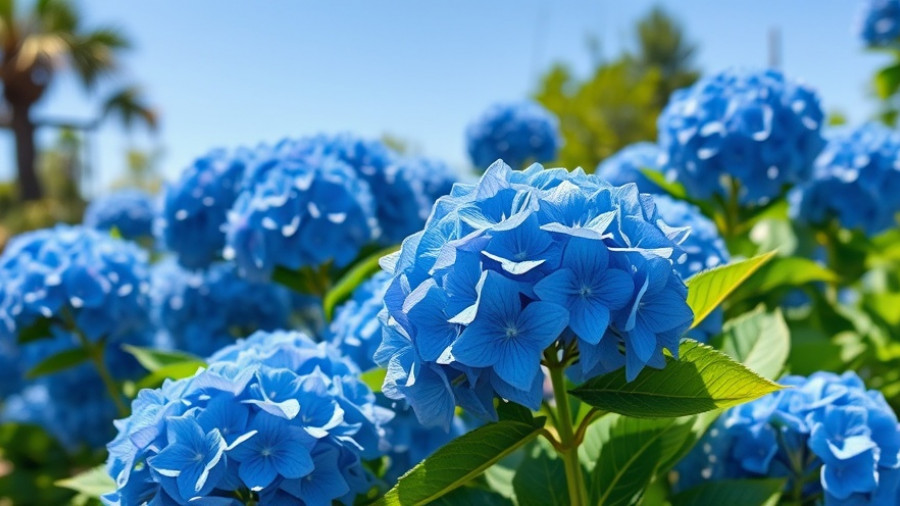
Discovering the Hidden Treasures of Your Garden
In a world filled with well-known fruits and veggies like tomatoes and cucumbers, many outdoor living enthusiasts often overlook the hidden gems waiting to be discovered right in their own backyards. Gardening offers more than just aesthetics; it's a journey of flavors, textures, and nourishment. Gardening expert Melissa Strauss highlights several underrated edible plants that can boost your home garden while surprising your palate.
Revolutionize Your Garden with Unique Edibles
Imagine stepping into your garden and plucking unusual yet delicious greens to enhance your culinary creations. Here are a few underrated plants worth exploring:
- Common Sorrel: With its tangy, lemony flavor, sorrel can enliven salads and sauces. This cold-hardy perennial thrives in partial shade and requires minimal maintenance.
- Watercress: Often found in gourmet dishes, watercress is a nutrient-packed plant that grows easily in moist environments, making it a smart choice for raised garden beds or near water features.
- Nasturtium: Not just a beautiful addition to any garden, nasturtium leaves and flowers add a peppery kick to dishes and make for stunning garnishes. Plus, they’re a magnet for beneficial insects!
Gardening for Flavor and Aesthetics
Not only can these plants enhance your meals, but they can also beautify your outdoor space. Integrating diverse edible plants into your garden creates a tapestry of colors and textures that is both visually appealing and practical. Imagine planning a beautiful outdoor kitchen by using vibrant nasturtium flowers as edible decoration or adding a border of organic watercress around a fire pit. The possibilities are endless!
Healthcare by Nature
Incorporating more edible plants into your garden can positively influence your health. By growing your food, you're more aware of its origins and can adopt eco-friendly yard care practices that result in fresher and more nutritious fare. This conscious gardening approach also encourages sustainable practices that support biodiversity. Think of this as not just a personal gain but a contribution to community health.
Planning Your Edible Landscape
Ready to embark on this flavorful journey? It starts with thoughtful garden planning. Consider focusing on:
- Raised Garden Beds: A practical and stylish way to grow many of these lesser-known edibles while ensuring ease of access.
- Seasonal Planting Guide: Understanding when to plant and harvest will enhance your enjoyment and the yield.
- Container Gardening: Perfect for smaller spaces or patios, allowing you to cultivate these plants even in urban areas.
Conclusion: Cultivating a Flavorful Future
The adventure of gardening should not just end with the usual staples. Exploring these underrated edible plants opens up a world of flavors and beauty, enriching both your meals and health. By implementing garden planning tips and incorporating unique flora, you can transform your space into an eco-friendly sanctuary of flavor. Are you ready to dig deeper into the wonders of gardening? Let's cultivate a flavorful future together!
 Add Row
Add Row  Add
Add 




Write A Comment